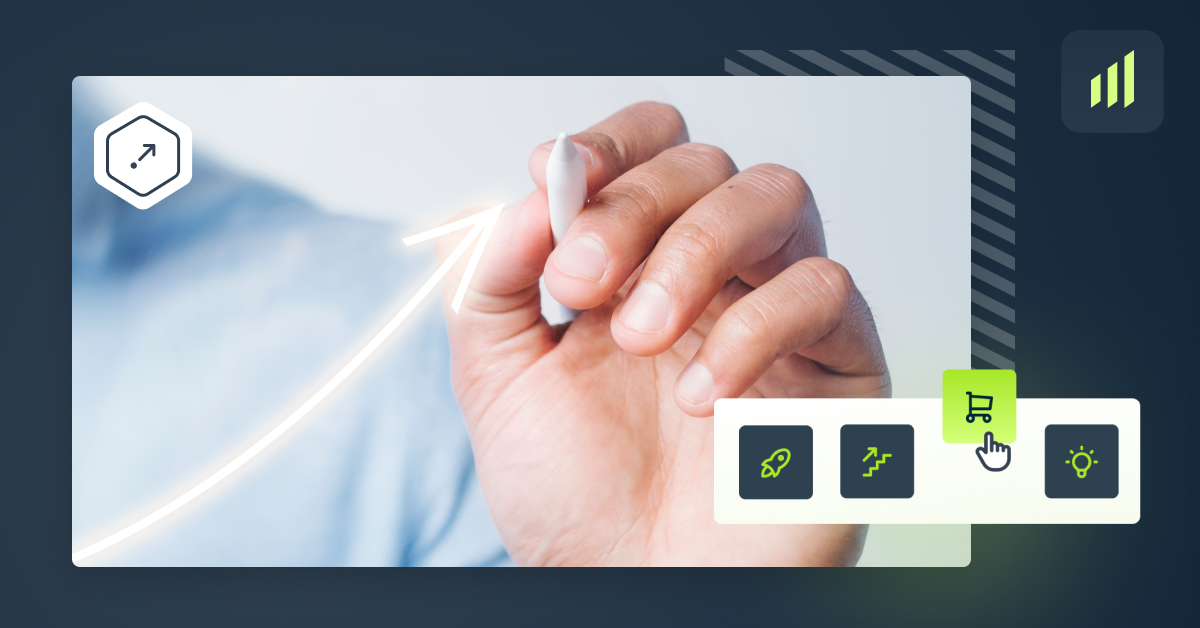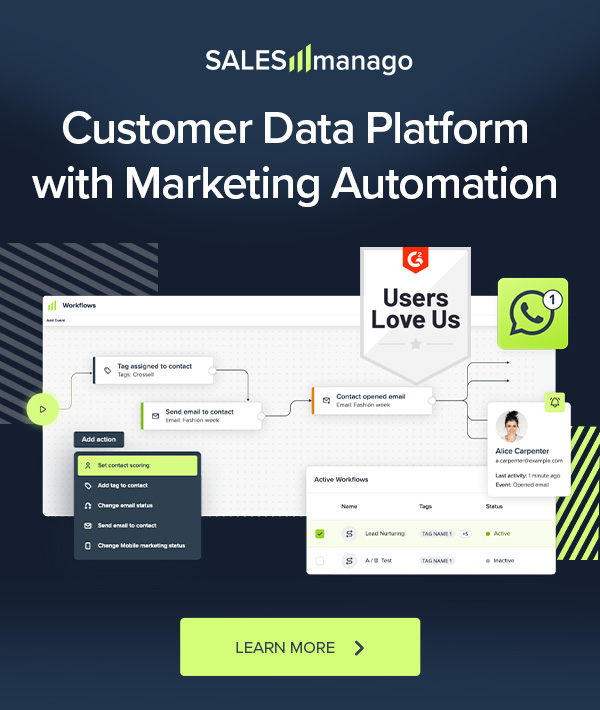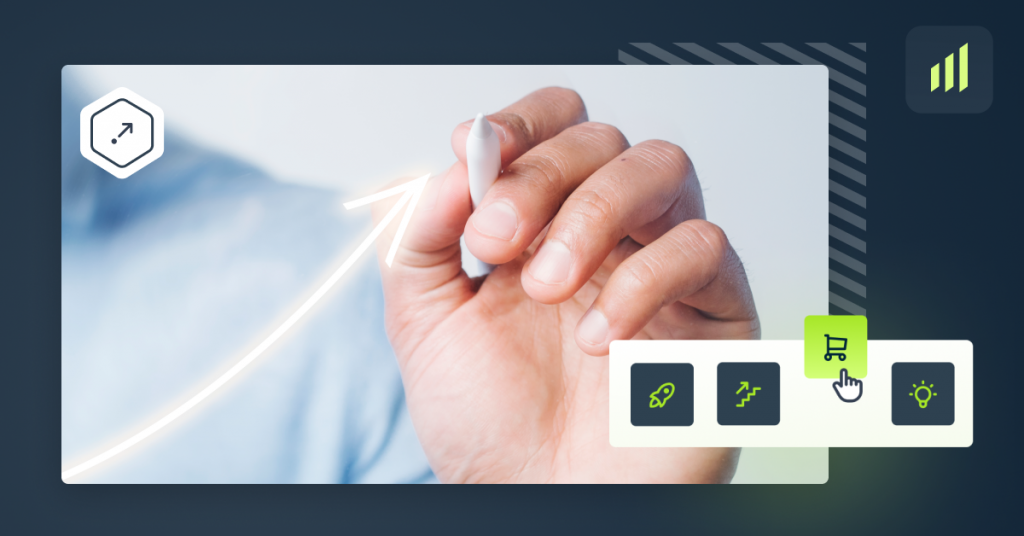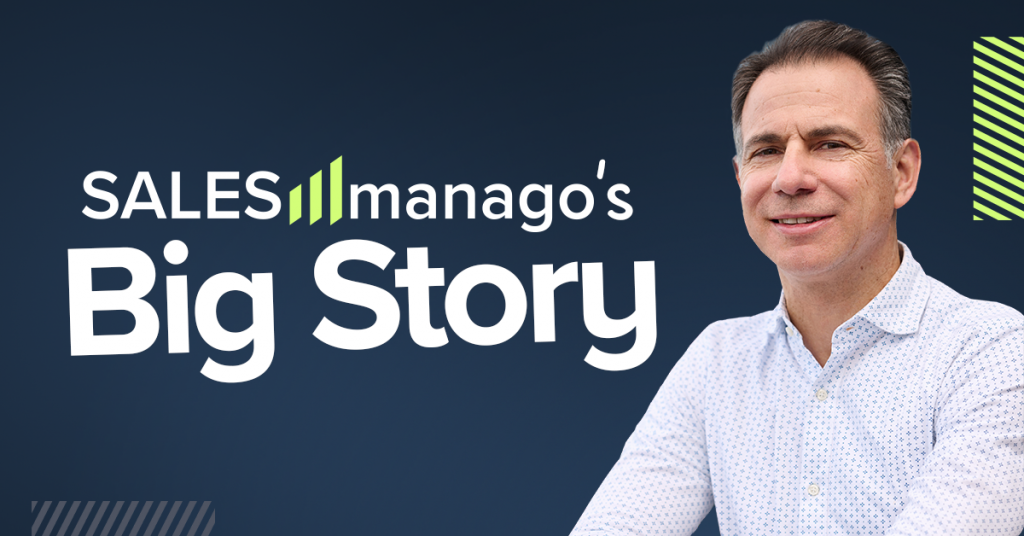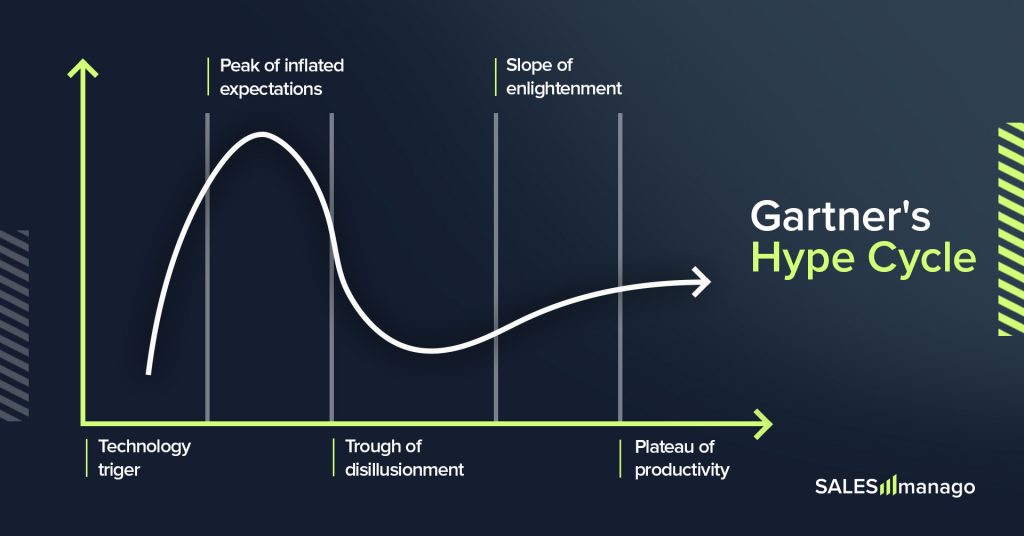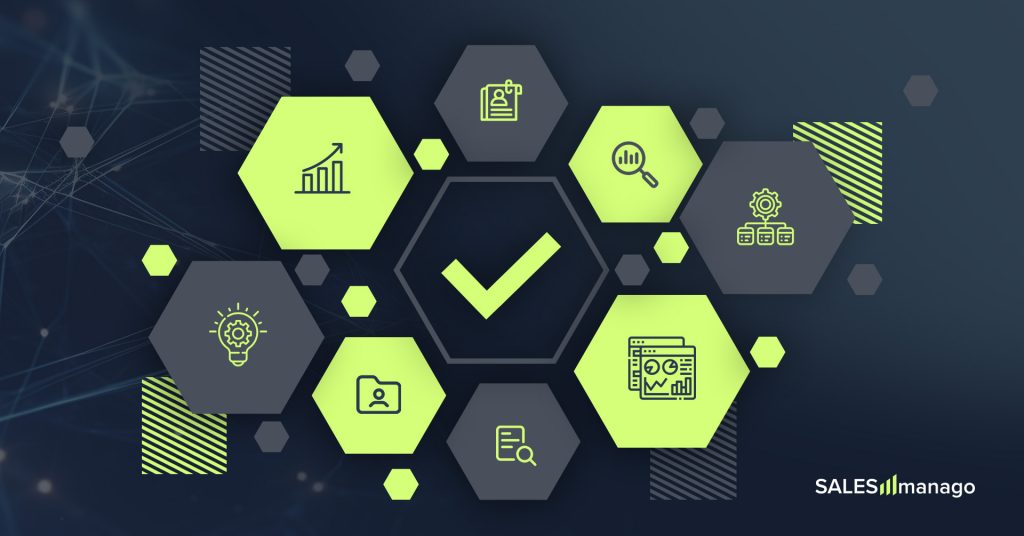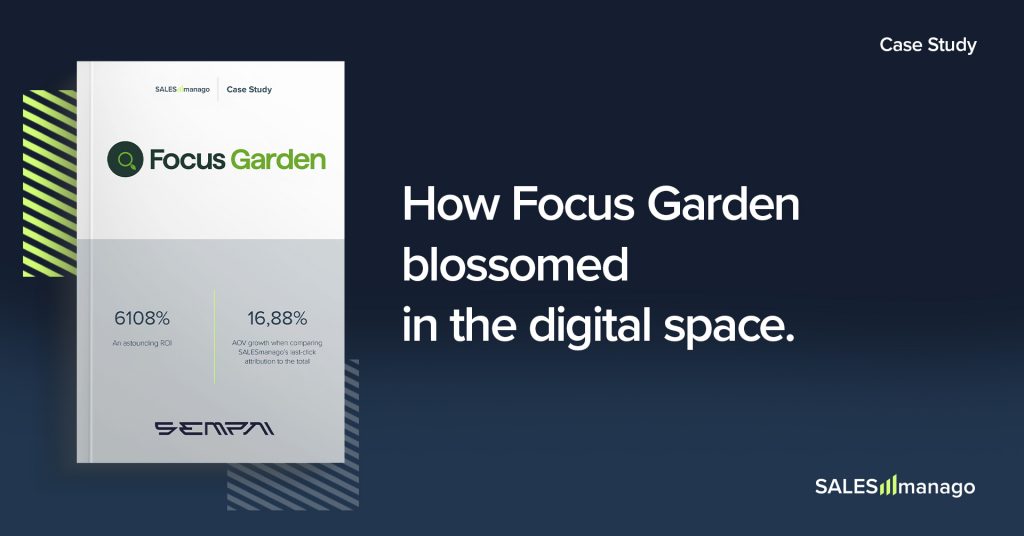
Customer Intelligence Platforms are the hottest buzzwords on everybody’s lips in the marketing world in 2021. From this article, you will learn what connects them to the Customer Data Platforms, and what makes a huge difference. And, most importantly, what value they are able to bring to your company.
As the Accenture survey shows, 48 percent of consumers expect specialized treatment for being a good customer. A proactive attitude and extremely personalized service are required. In 2021 solving problems with template solutions do not mean a delightful customer experience anymore.
Though companies work hard to address the customers’ expectations, it is not always easy to achieve. Marketers and customer service need very detailed customer data to personalize their offers and activities. Data scientists need to deliver useful data for the marketers and customer service lightning fast, so they can help out the customers here and now.
Systems like Customer Relationship Management (CRM), Master Data Management (MDM), Data Management Platform (DMP) were developed to address this issue. All of them had a similar problem, they stored data in silos and did not exchange it, so building a single consumer view, useful for marketers, was next to impossible. The introduction of the first-generation Customer Data Platforms (CDP) promised to solve this problem and become a single source of truth useful not only for marketers but across all the company. How did they fare?
What are “classic” CDPs and where do they fail
The purpose of “classic” CDPs
Customer Data Platform is a digital tool that gathers and unifies first-party consumer data from multiple sources and combines them into a single, comprehensive customer profile.
A similar definition is provided by the CDP Institute: “a packaged software that creates a persistent, unified customer database that is accessible to other systems”
“Packaged software” means that CDP is ready-to-use, off-the-shelf software, provided usually by the vendor.
The part about “persistent, unified customer database” means that CDP collects the data from many different sources, basically, all the company’s touchpoints, where acquiring first-party consumer data is possible, like sales, loyalty, customer service, social media, etc. Data from different sources is stored in CDP, then merged and unified into a single customer profile.
Finally, “accessible to other systems” means that customer data is shared with any other system that needs it, like those used by sales, marketing, commerce.
So the Customer Data Platforms serve three purposes:
They collect and unify all the company’s first-party data
Most of the systems, like email or previously mentioned CRM, used by marketers operate in silos. That means the data stays within them and is not exchanged across the systems. This fragmentation obscures the big picture. CDP serves as a connection between the fragmentary sources and produces a single truth.
They enable effective customer data management
CDPs enable the company to manage effectively first-party data in the context of privacy and data rights, by controlling what data is, under what consent is available to whom inside the company.
They enable data-based actions
First-party data is unified into consumer profiles. These profiles are then structured into audience segments. They can be then used across other platforms within the company.
The problem
With such a promise first-generation CPDs emerged in 2013. They were designed to unify consumer data and provide a single source of truth for all company’s divisions, to make the actions made inside the segments work in synergy.
In practice, they proved to be too narrowly focused on marketing use and did not consider the entire end-to-end customer experience across the company. In the October 2019 report “For B2C Marketers, Customer Data Platforms Overpromise and Underdeliver” Forrester concluded: “CDPs lack crucial capabilities to solve for identity resolution, data hygiene, and cross-channel orchestration.”. Without these capabilities, CDPs “can’t meet enterprise B2C marketers’ expectations for personalized and targeted customer engagement.”
What was the source of the problem? The first-generation CDPs were technically able to gather data from all the sources the company provided, they also had the functionalities to build a single consumer profile. But to build this profile, all the data had to be manually analyzed by the data scientists. Only on the basis of their analyses, suitable actions could be taken.
And as Harvard Business Review discovered in 2018, up to 80% of the time is spent by data scientists just to organize and clean raw data to uncover meaningful information. A huge amount of work put into just organizing datasets leaves them with just 20% of the time to perform the actual analysis. This was the aforementioned problem of data hygiene.
This leads to another area, where traditional CDPs fall short and that is providing holistic consumer profiles, useful across all the company, not only the marketers but also sales, customer service, loyalty etc. Pushed by the time limit, data scientists are only able to produce fragmented models. Then, on the basis of these incomplete models, the actions also had to be taken manually.
There was a lot of data, but intelligence did not effectively emerge from it. This is when CIPs entered the stage.
Customer Intelligence Platforms, the next generation of CDPs
Customer Intelligence Platform (CIP) is the next step in CDPs evolution. CIPs include zero-party data along with first-party data to provide insights. And they leverage AI and machine learning to understand, resolve and evaluate both structured and unstructured data available to the company.
Solving with AI the identity resolution, data hygiene, and cross-channel orchestration problems, that the “classic” CDPs had, include:
- Resolving and de-duplicating core master data about prospects, customers, accounts, locations, transactions, preferences, and associated reference data.
- Matching data entities and new record types.
- Enriching the first-party data with zero-party indicators.
- Allowing a wide range of users to perform complex analysis via a seamless interface.
- Generating multiple unique customer views in real-time.
CIPs use AI and machine learning to gather, analyze and evaluate qualitative and quantitative data. They are able to share insights with marketing, sales, customer service, financial, etc. way more effectively than “classic” CDPs were. Adding intelligent automation removes consumer friction points by streamlining data-driven actions and allows to monitor every step of the customer journey. On this basis, predictive customer behavior models are created.
Examples of effective cross-channel orchestration:
- An issue is reported to customer service. CIP informs the service that this is a high-value client to the company that has just made a large purchase.
- An issue is reported to customer service. CIP informs the marketers to exclude this client from the planned campaign until the issue is resolved, to prevent irritation.
From this standpoint, CIPs are a modern iteration of CDPs, backed by AI and machine learning. Technically speaking, SALESmanago is a Customer Intelligence Platform. We however use the term AI Customer Data Platform with Omnichannel Execution. Next-gen CDP would also describe us accurately. All these terms are technically correct.
Benefits the CIP may provide your company with
Customer Intelligence Platform provides the company with:
Single consumer view across all the divisions
Connects all the devices and collects all the data from all planned touchpoints like which consumer is looking for what, how much time do they spend on searching, what are the most frequently visited places.
Effective Segmentation
A single consumer view enables effective segmentation of the audience. AI then further helps to choose the right audience for the campaign.
Enriched consumer data
First-party data is enriched by zero-party data to build a comprehensive insight into a consumer.
Unparalleled customer experience
AI and machine learning are able to analyze multiple-source data with a speed impossible to achieve by data scientists. It also automates the delivery process across all the channels, ensuring a hyper-personalized, omnichannel customer experience.
This in turn results with:
Boosting customer loyalty
Customer Intelligence Platforms help the company in gathering data relevant for understanding the customer needs and activities. Understanding results in developing the experience that the customers will value. The satisfaction provided by the brand will increase their loyalty.
Increasing business agility
The Decision-making process and response time can be shortened thanks to real-time access to customer insights. A brand can respond quickly to changes in the internal and external environments without losing its vision and momentum.
Building a real and strong relationship
Understanding customers’ needs and values creates a deep and meaningful connection between them and a brand. It makes the interaction more personal, relevant, and consistent.
Streamlining marketing efforts
All the brand’s efforts to understand the customers and act with relevant reactions are more effective with Customer Intelligence Platform. It also minimizes the cost of all the actions.
Creating a competitive advantage
Much more differentiated customer experience provided by the Customer Intelligence Platform better suits the needs of the customers. The brand has the means to establish an edge over the competition.
Wrapping up
From this standpoint, you can call the rise of the Customer Intelligence Platforms a promise made by CDPs finally delivered. AI and machine learning unlocked all the potential that was in the CDP idea from the start.
No wonder that 83% of marketers plan to involve AI in their 2021 strategies to provide a more meaningful customer experience. Not only do the majority of the marketers plan to include it into their strategies, but 84% of them also try to develop such capabilities in-house. This however may prove difficult. The companies should take into consideration:
- cost factors of such operation
- high shortage of AI talents.
Both hiring in-house AI talents and tasking them with building custom AI solution will generate a significant financial burden for the company, as the experts point out.
In order to judge it for yourself, it would be wise to assess the vast possibilities of the AI Customer Data Platform with Omnichannel Execution. Request a SALESmanago demo and learn the value we may provide to your company.
 Follow
Follow




